What is Isturisa (osilodrostat) for?
Isturisa (osilodrostat) is a cortisol synthesis inhibitor indicated for the treatment of adult patients with:
- Cushing’s syndrome.[1]
- Cushing’s disease who either cannot undergo pituitary surgery or have undergone the surgery but still have the disease.[2]
It is available in tablet form each containing 1 mg or 5 mg or 10 mg osilodrostat.[1,2]
How does Isturisa (osilodrostat) work?
Cushing’s syndrome and Cushing’s disease are conditions in which the pituitary gland produces too much adrenocorticotropic hormone (ACTH). ACTH is a hormone that stimulates the production and release of the stress hormone cortisol by the adrenal gland. Having too much cortisol in the blood dysregulates the body and causes the symptoms of the disease.[3]
Osilodrostat works by stopping the body from making cortisol. It inhibits the enzyme 11-beta-hydroxylase, which is responsible for the production of cortisol.[1,2]
For Cushing’s disease, removal of the tumor by surgery is most effective in the long term. However, sometimes surgery cannot completely remove the tumor. In these cases, osilodrostat can be given to the patient.[3]
Where has Isturisa (osilodrostat) been approved?
Isturisa (osilodrostat) was approved by:
- The European Medicines Agency (EMA), Europe, on January 9, 2020 for the treatment of Cushing’s syndrome.[4]
- The Food and Drug Administration (FDA), USA, on March 6, 2020 for the treatment of adult patients with Cushing’s disease who either cannot undergo pituitary gland surgery or have undergone the surgery but still have the disease.[5]
Isturisa (osilodrostat) was also granted Orphan Drug Designation, which is awarded to promote development of drugs against rare diseases.[4,5]
It is the first FDA-approved medicine that lowers cortisol production by inhibiting 11-beta-hydroxylase.[5]
Please note that this medicine may have also been approved in other regions than the ones we’ve listed. If you have a question about its approval in a specific country feel free to contact our support team.
How is Isturisa (osilodrostat) taken?
The standard dosage is:[1]
- A starting dose of 2 tablets of 1 mg taken orally two times a day, with or without food.
- Initially, the dose can be increased gradually by 1 to 2 mg twice daily. Cortisol levels (e.g. 24-hour urinary free cortisol) should be monitored every 1-2 weeks until adequate clinical response is maintained. Increases in dose should not be done more often than once every 1-2 weeks and should be based on the results of cortisol tests and by the individual clinical response. If a patient tolerates a dose of 10 mg twice daily and 24-hour urine free cortisol (UFC) levels are above upper normal limit, the dose can be increased further by 5 mg twice daily every 2 weeks. 24-hour UFC levels should be monitored every 1-2 weeks, until improvement in signs and symptoms of Cushing’s disease is adequate.
- The maintenance dose of Isturisa is individualized and determined by titration based on cortisol levels and patient’s signs and symptoms.
- In clinical trials, the maintenance dose varied between 2 mg and 7 mg twice daily. The maximum recommended maintenance dosage of Isturisa is 30 mg twice daily.
- Once the maintenance dose is found, cortisol levels should be monitored at least every 1-2 months or as indicated.
Before starting with Isturisa treatment, blood levels of potassium and magnesium blood should be corrected. Heart function will be checked using an electrocardiograph (ECG) before treatment, within one week after start of treatment, and thereafter.[1]
Isturisa dosage should be decreased or treatment temporarily interrupted if cortisol levels are too low, or if the patient has signs or symptoms that might indicate hypocortisolism.[1]
Complete information about Isturisa (osilodrostat) dosage and administration can be found in the official prescribing information listed in our references section.[1]
Note: Please consult with your treating doctor for personalised dosing.
Are there any known adverse reactions or side effects of Isturisa (osilodrostat)?
Common adverse reactions
The most common side effects (≥20% of patients) listed in the prescribing information include:[1,2]
- Too low cortisol levels, which can lead to adrenal insufficiency
- Tiredness (fatigue)
- Feeling sick (nausea)
- Headache
- Fluid retention leading to swelling (edema)
- Vomiting
Serious adverse reactions
The serious adverse reactions listed in the prescribing information include:[1,2]
- Adrenal insufficiency
- QT prolongation (heart problems)

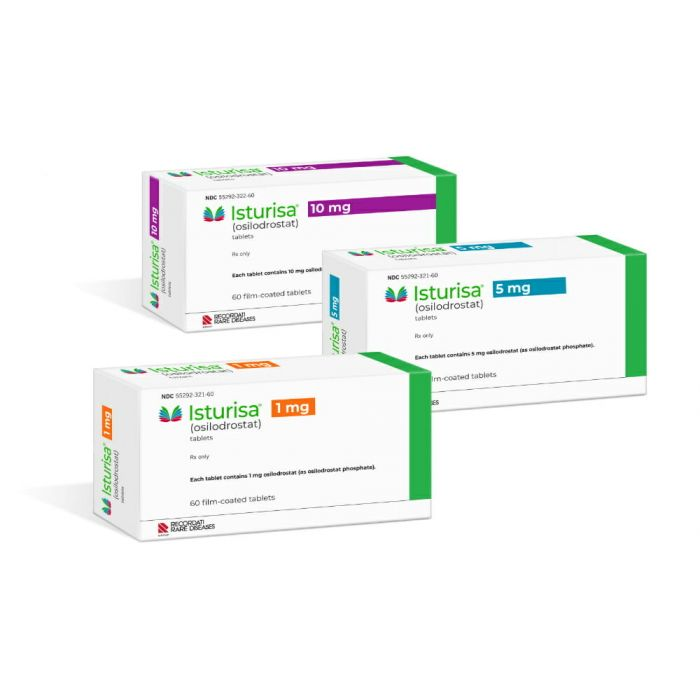
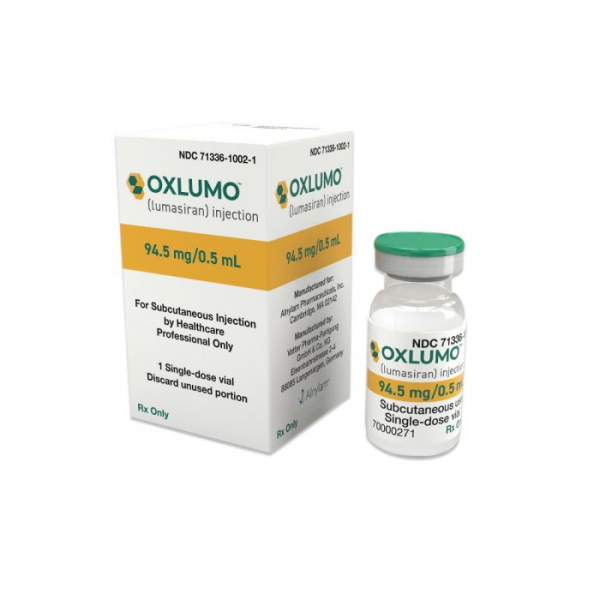
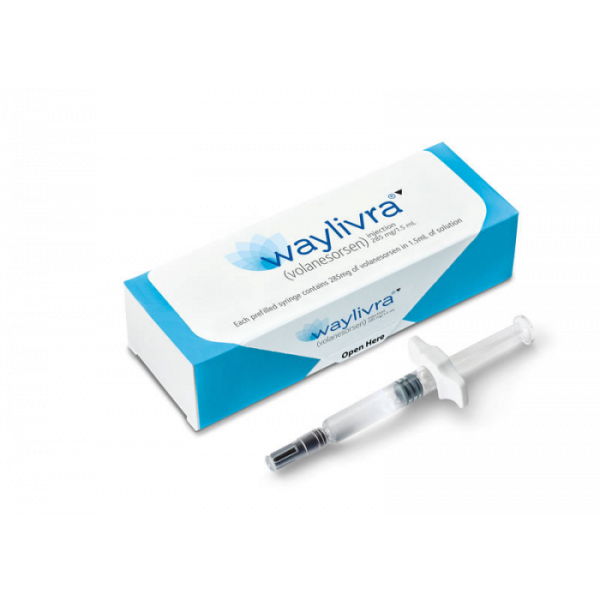
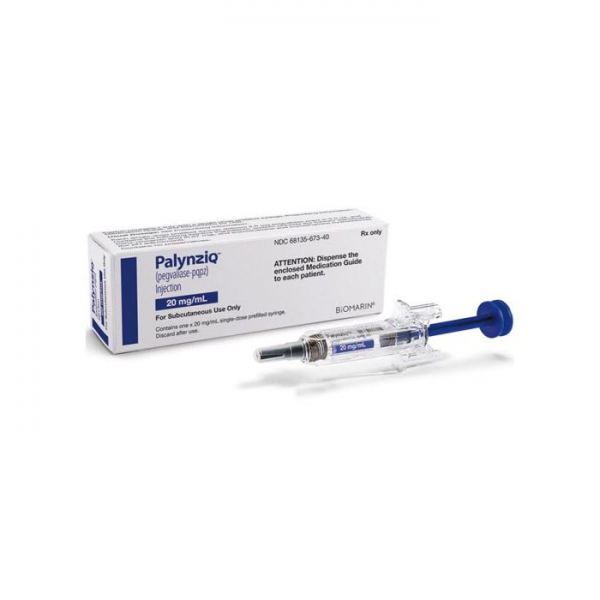
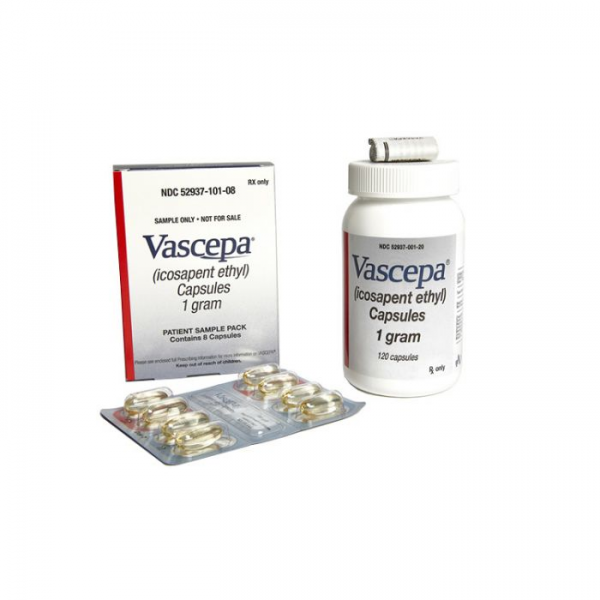
Reviews
There are no reviews yet.